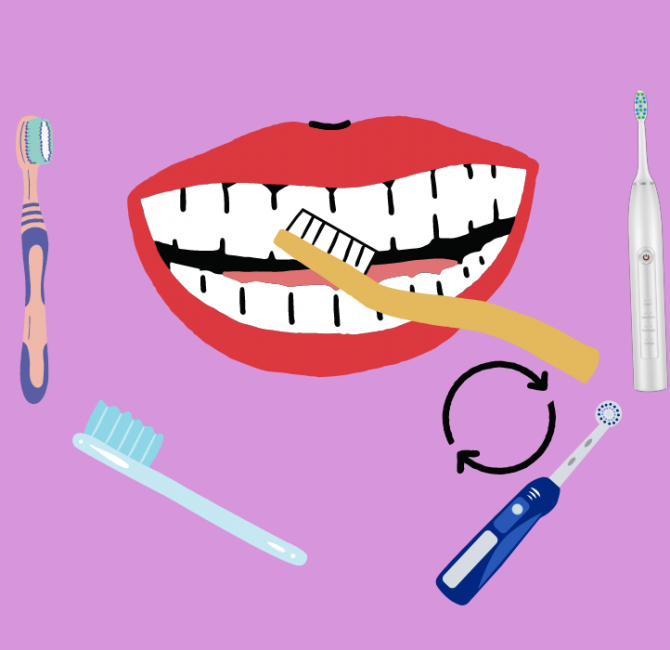Bruxism is a term that encompasses a range of presentations of rhythmic and repetitive muscular activity. For many, this is not a significant problem but for some, this behaviour leads to substantial impact and tissue damage that can be significant, compromising function and quality of life. In the second part of this series, the methods for controlling bruxing to limit its destructive impact on the dentition were discussed. It is important to acknowledge there are no specific ideal treatment plans, and approaches are largely pragmatic and thematic.
This paper will discuss various strategies that can be used to restore an extensively damaged dentition that has occurred because of bruxism.
Key points
- Reconstruction is complex. Interventions should be pragmatic, and guidance should be provided in a themed approach.
- Interventions may be reconstructive. The grinding style should be identified to allow reconstruction to work with activity, not in conflict.
- Preservation of tooth tissue is essential, and direct placed bonded composite materials are biologically friendly, easily repaired, cheap, and act as stress breakers.
- Complex fixed restorative reconstruction and implant-supported bridges are likely to have high failure rates and must be protected with occlusal splints. Reconstructions should be planned with maximum retrievability, and removable options figure significantly in effective treatment plans.
Conclusion
Bruxing is a complex, multifactorial issue. The drive to brux is centrally placed, and it may be impossible to stop. The teeth and any associated restorations may be damaged due to the drive to brux. It is, therefore, essential to consider the impact on the client which can range from minimal to significant, with a negative quality-of-life impact. Bruxism will require management in some cases, and a review of bruxism should be considered a dynamic process with varying levels of diagnostic appraisal. For cases in which tooth wear and/or tooth loss is significant, reconstruction of the severely damaged dentition is possible but is subject to a number of caveats and a significant maintenance burden. The authors hope that by sharing their experiences and failures in these papers (Part 1: Background and Part 2: Early Management of Bruxism), others may benefit and provide better care while managing their own bruxing clients.



